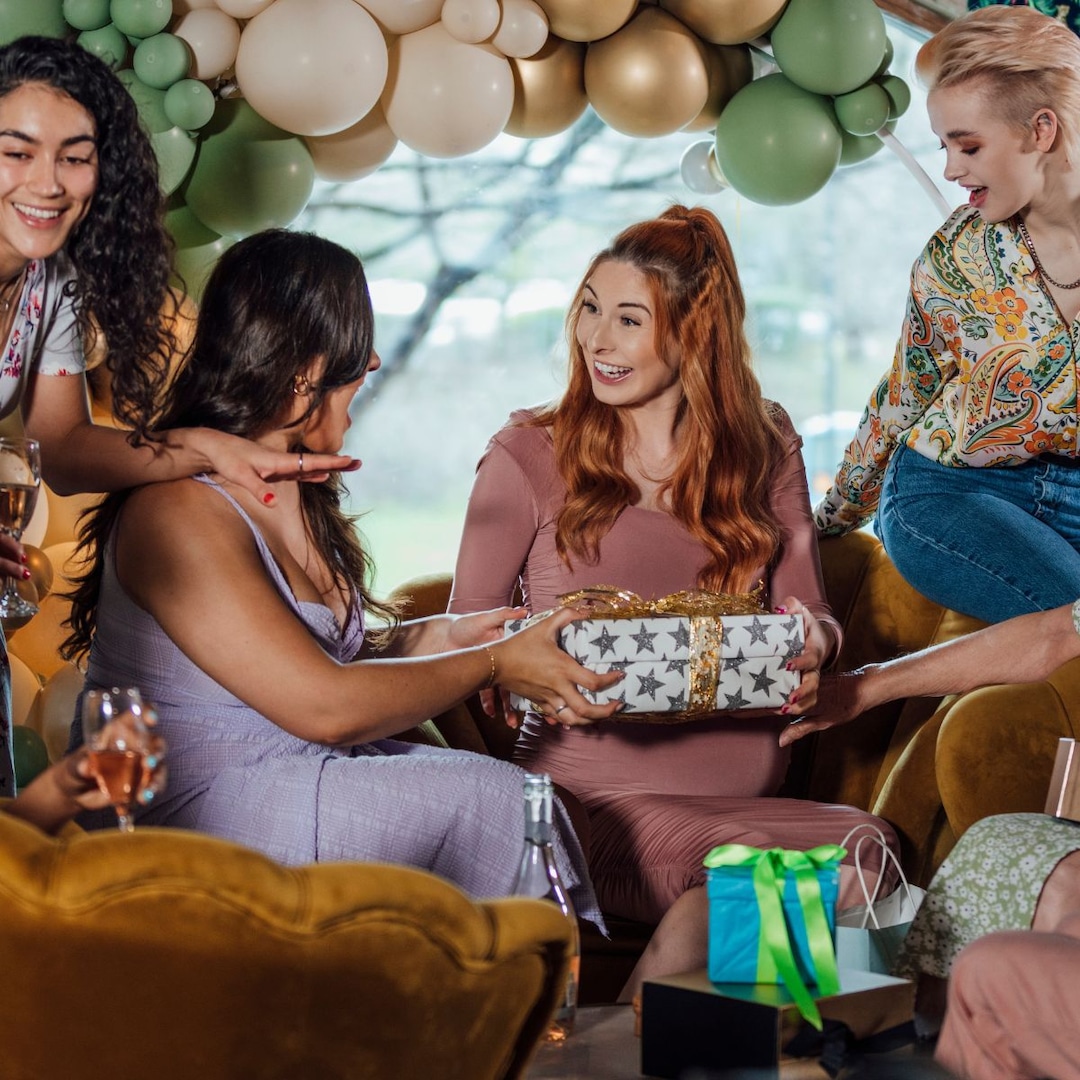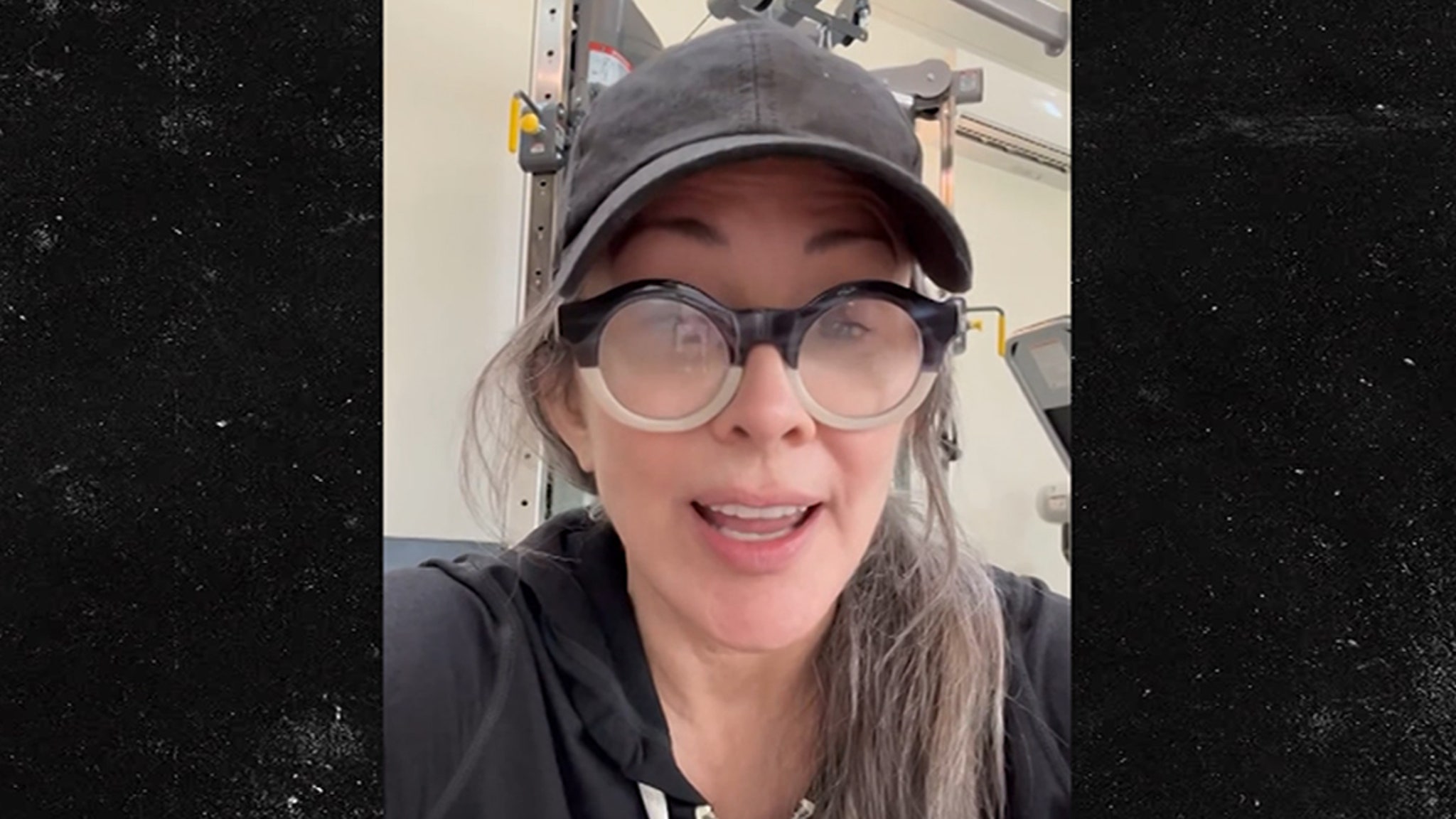Culture
Betye Saar Remains Guided by the Spirit

The American assemblage artist Betye Saar spent her childhood salvaging lost, discarded and forgotten things, like small glass beads, broken necklaces and scraps of colored paper left in trash bins or littering the ground where she walked. Born in 1926, she was raised during the Great Depression and so, Saar wrote to me recently, she was taught to “use it up, wear it out, make it do or do without.” That manifesto has guided both her lifelong habit of collecting curios and relics — picked up during her travels to Nigeria, Senegal, Mexico, Haiti and Brazil, and at swap meets in her hometown of Los Angeles — as well as her more than 60-year artistic practice, which similarly brings together and recontextualizes symbols and totems of the Black diaspora. “My daughter Tracye calls me a hoarder who found her calling,” Saar says. Some of the objects that Saar collects have sat unused in her converted-garage studio for years before finding their way into one of her artworks. Saar, who is 97, decides what to reach for based on something she has referred to over the years as “mother wit”: she feels when a wooden statue, antique doll or rusted dagger is calling to be used. Saar considers this selection process to be a sacred one. “I’ve always felt that old objects hold a power,” she says. “They’ve survived, and they have a sense of the previous owner. They have a spirit.”
In her studio, which is attached to her shingle-adorned, garden-guarded home in Los Angeles’s Laurel Canyon neighborhood, she keeps a curved metal bookshelf that resembles the bow of a ship, passed along by her granddaughter, who had bought it at an auction. It brings to mind one of her newest works: the large-scale installation “Drifting Toward Twilight,” a 17-foot-long vintage canoe that sits atop a bed of brambles harvested from the grounds of Los Angeles County’s Huntington Library, Art Museum and Botanical Gardens. On view at the museum through November of next year, the readymade sculpture has been imaginatively altered by Saar. She added wood burrows to either end of the boat in order to disrupt the manufactured vessel with the delightful deformity of nature and, inside the boat, in place of passengers, she installed antlers, some of which are attached to the salvaged parts of an old merry-go-round. The canoe, itself a symbol of early America and the country’s long history of trade and forced migration, displays other antlers inside of antique cages. These last objects recur through Saar’s work as a shorthand for captivity. For decades, Saar’s own career was confined by the prejudices of the art establishment; although she has consistently shown and sold her work widely, it wasn’t until she was in her 90s that major museums and institutions took significant notice.
“‘Drifting Toward Twilight’ is truly a legacy work; it’s full circle,” Saar says. “I used to come to the Huntington with my mother when I was a child. She loved to garden, especially African violets, and she passed that love of plants and nature on to me.” Saar grew up in Watts, one of Los Angeles’s historically working-class neighborhoods, before her family moved outside of the city proper to the more affluent Pasadena, not far from the museum’s grounds. Beginning her career as a printmaker, she encountered the work of Joseph Cornell at the Pasadena Museum of Art in 1967, after which Saar began experimenting with what would become her signature mixed-media style. “They were beautiful and funny and fascinating,” Saar says of Cornell’s shadow box assemblages, many of which were made of repurposed junk. “I saw his work and realized that it was OK to make art out of anything.” One of her most famous pieces combines the influence of Cornell with an activist spirit: “The Liberation of Aunt Jemima” (1972), an assemblage that centers on a derogatory mammy figurine standing atop a bed of cotton. Created in the aftermath of the Rev. Dr. Martin Luther King Jr.’s 1968 assassination, Saar’s doll turned the caricature of Black women as domestic servants on its head; arming her with a rifle and a hand grenade, Saar makes Aunt Jemima into a heroine, a protector, a self-emancipating revolutionary.
Nearly six decades later, the artist’s assemblages continue to bring together seemingly disparate references and symbols, transforming them into tributes to Black power. At Saar’s solo show at Roberts Projects in Los Angeles, which closes tomorrow, eight small, decorative boxes hold antique masks, vintage textiles and hand-carved ephemera. These objects are juxtaposed alongside digital detritus — circuit boards, resistors — that line the wooden boxes like wallpaper. Saar has been collecting computer parts since a monthlong residency at M.I.T. in 1987, but the scraps on view at Roberts Projects came from her grandson, who was getting rid of an old device.
Through the years, Saar has remained singularly committed to her art. “I make art because I enjoy the process of creating, of finding interesting objects and putting them together to create a feeling or tell a story. If you like my artwork, fine. If you don’t, that’s fine, too,” she says. She describes her house as “an altar that is made up of mini-altars.” “I have big windows to see out to the hills of my canyon, to see nature. I have my studios full of things to make art. I have everything I need.” From that home in the hills, Saar wrote responses to T’s Artist’s Questionnaire.
What is your day like? How much do you sleep, and what’s your work schedule? How many hours of creative work do you think you do in a day?
Well, I do like my bed. When I wake up, I can turn and look out a window and see my plants and a few houses on the hill. I ease into my day unless I have an appointment or meeting. After breakfast and getting dressed, I’ll wander into the studio and maybe work on some watercolors. My daughter Tracye is my studio director and, when she’s over, we’ll do office things or work together on larger projects. I get a bit tired around 5 p.m. and start to wrap things up. I’m 97, after all.
What’s the first piece of art you ever made?
I still have a crayon drawing from when I was a child. But I guess my first artworks are my prints from the 1960s. My assemblages came later, in the ’70s.
What’s the worst studio you ever had?
I wouldn’t say I’ve ever had a bad studio. Sure, things may have been small or awkward or inconvenient — I used to have trays of printmaking acid with young children around — but I’ve always made do with what I had. If you have a small studio, you make small art. I’ve been very fortunate to be able to add a studio on to my house, and I have an Airstream trailer studio out in the desert.
What’s the first work you ever sold?
I think the first real artwork I sold was a little enameled box. I had been making enamel giftware with a friend, the artist and educator Curtis Tann, and we had a business called Brown & Tann. (Brown was my maiden name.) Later, in the ’60s, I started to sell my prints.
When you start a new piece, where do you begin? How do you know when you’re done?
I start with the found materials. Sometimes it’s an old wooden box, sometimes it’s an object to go inside of a box. I combine and alter objects and swap things out in a kind of stream-of-consciousness way. I know when it feels right. I know when it feels complete.
Do you listen to music when you’re making art?
I like silence. Sometimes an assistant will play classical music softly, but I’d rather have silence and my own thoughts. I like hearing the background sounds of my house and my neighborhood.
When did you first feel comfortable saying you’re a professional artist?
I was always attracted to art and creating ever since I was a child. I received a B.A. in Design from U.C.L.A. and did my greeting cards and enamelware designs, then I started learning printmaking. I kept trying new mediums and, when I hit on assemblage art, it all felt right. I felt like things really came together when I received [my first] National Endowment of the Arts fellowship in 1974 and realized then that I was an artist.
Is there a meal you eat on repeat when you’re working?
Not a meal so much as a few things that are always on my shopping list: fresh watermelon and Dr Pepper. Occasionally an In-N-Out hamburger.
What’s the last thing that made you cry?
I’ve had a lot of deaths in my family recently. I guess that’s what happens when you get old.
What do you usually wear when you work?
I don’t like being cold, so I wear lots of layers. Cozy sweatpants, T-shirts, flannels and maybe a Uniqlo vest. If I’m doing something messy, I’ll wear a big denim shirt as a smock.
What embarrasses you?
Not a lot, because I’m 97 and I’ve been there, done that and moved on!
What are you reading?
I subscribe to The New Yorker, but it’s hard to keep up. I buy a lot of art books that I browse through, including some of my own catalogs. I recently autographed a copy of my exhibition catalog “Still Tickin’” (2017) for a neighbor. It’s a really nice book!
What’s your favorite artwork by someone else?
There are many artists whose work I admire, such as Joseph Cornell, Charles White, Suzanne Jackson, Nick Cave, David Hammons, Gustav Klimt — and of course my daughters Lezley and Alison Saar. But I guess my favorite work of art is Simon Rodia’s Watts Towers. When I was a child, I’d visit my grandmother who lived in Watts and we’d walk by the towers as Simon was making them. We didn’t know what the heck he was doing, but it was beautiful. I didn’t know it was art because I was just used to seeing paintings but, unbeknown to me at the time, it was very formative to my becoming an artist, and especially an assemblage artist.
This interview has been edited and condensed.





















